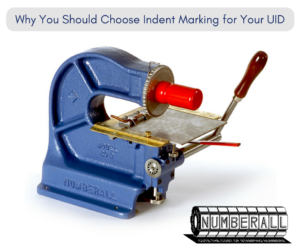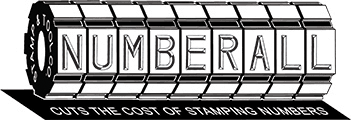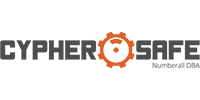A UID, or unique identifier, is used on various objects for a specific purpose. Three types of UIDs include serial numbers, random numbers and names or codes. These UIDs are sometimes required by law, or are used for internal organizational systems. For example, UID marking is required for firearms and military equipment. UIDs should be a permanent part of your product, and even though some marking methods may seem as if they would be permanent, only indent marking will give you an excellent mark that will last forever.
organizational systems. For example, UID marking is required for firearms and military equipment. UIDs should be a permanent part of your product, and even though some marking methods may seem as if they would be permanent, only indent marking will give you an excellent mark that will last forever.
Indenting into the material of your product will create a mark that will remain legible and secure in almost any situation, which is important if you need to meet government or industry standards. Marking vehicle identification numbers, safety devices, or medical devices with an indent marking method will create a permanent mark that will not fade with time and will meet marking standards.
If you’re considering having your UID marked with a laser or ink, you may not get the permanence you hoped for. Ink marking fades over time, and even though it’s a quick method, it’s not a good choice for permanence. Laser marking does not distort the surface of the material enough either. For permanence, you should use a method that will remain retrievable, even if someone files off the information. Indent marking provides a permanent mark that can be retrieved through chemical etching even if it’s disturbed.
Even when legal requirements are not the issue, long term part traceability for internal organization may be important for your business. If you want your products to remain reliable and the numbers to remain legible, indent marking is a great choice.
Some of our machines that offer a great indent mark include our popular Model 40B, our Model 49, the Model 98, the Model 47, various hand stamps, and more. If you need assistance with determining which product is best for you, check out our product chooser, contact us for more information.


